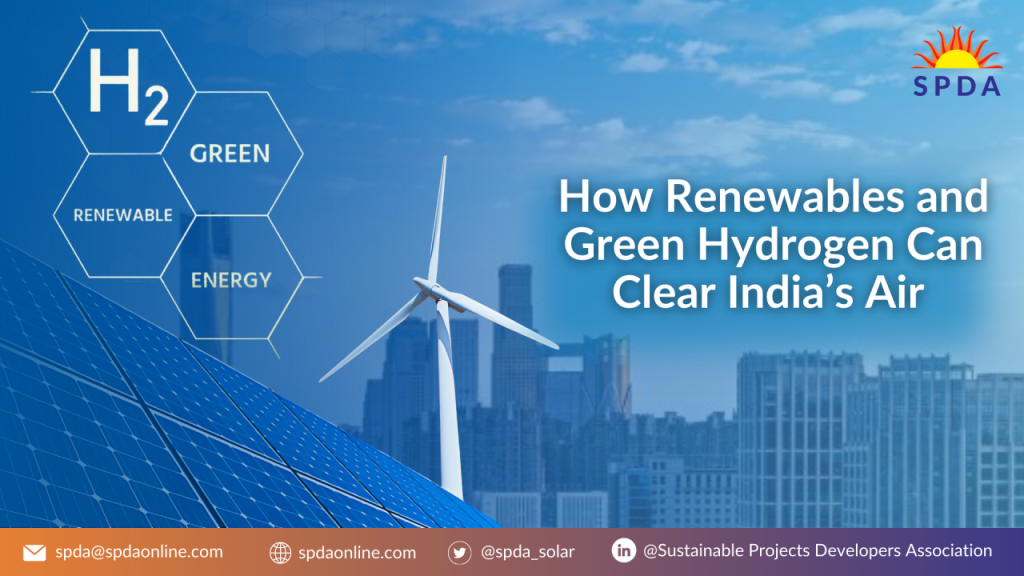A report highlighted that less than 1% of global population lives in areas with safe air pollution levels. The recent statistics for India don’t paint a great image either. In 2024, 83 of the 100 most polluted cities in the world were in India. For instance, New Delhi ranks 6th among the most polluted cities globally. Such conditions cause over 2.1 million deaths annually and severely impact life expectancy.
Pollution stems from industrial emissions, vehicular exhaust, and agricultural practices like stubble burning.
This stark reality calls for decisive action and clean energy offers viable solutions.
The Green Energy Solution
Renewable energy sources mitigate harmful emissions while helping to improve air quality in urban and rural areas.
India’s solar energy capacity stands at 92.19 GW, enabling steady move towards non fossil fuel based energy generation. Wind energy generation particularly in Gujarat and Tamil Nadu is playing a key role in greening the grid. Under PM Surya Ghar Yojna, nearly 25 lakh+ households applied for rooftop solar installation.
Green hydrogen is considered to be a primary decarbonizing solution for countries across the world. Produced using renewable energy, no carbon emissions are generated during the process. It can replace fossil fuels in industries like steel, cement and chemicals while powering heavy-duty vehicles, trains and ships. Beyond this, green hydrogen serves as a critical energy storage solution, ensuring a steady supply when renewable energy fluctuates.
India is stepping up with its National Green Hydrogen Mission with targeted 5 million metric tonnes a year (MMTPA) and the addition of 125 gigawatts (GW) of renewable energy capacity by 2030. The aim is to abate MMTPA of greenhouse gas (GHG) emissions. Multiple pilot mission have been kickstarted from steel production to port to urban bus transportation with this goal. Enabling the country to move closer to its decarbonization goals.
The solutions are clear. By investing in renewables and scaling green hydrogen, India can combat pollution, secure energy independence and improve public health.
The time to act is now.


